In automotive, aerospace, and more general industrial applications, the potential of fiber laser technology is still unknown. This revolutionary cleaning technique makes it possible to clean surfaces without the need for consumables, chemicals, or masking. It’s also a cost-effective alternative to traditional cleaning methods like sandblasting, wheel blasting and chemical cleaning.
Laser cleaning can remove rust, oxides, paints, coats, electrolytes, and other contaminants from metal surfaces. Emerging applications include weld cleaning, mold cleaning, tool cleaning, and surface preparation for adhesive bonding.
The Benefits of Cleaning With Fiber Lasers
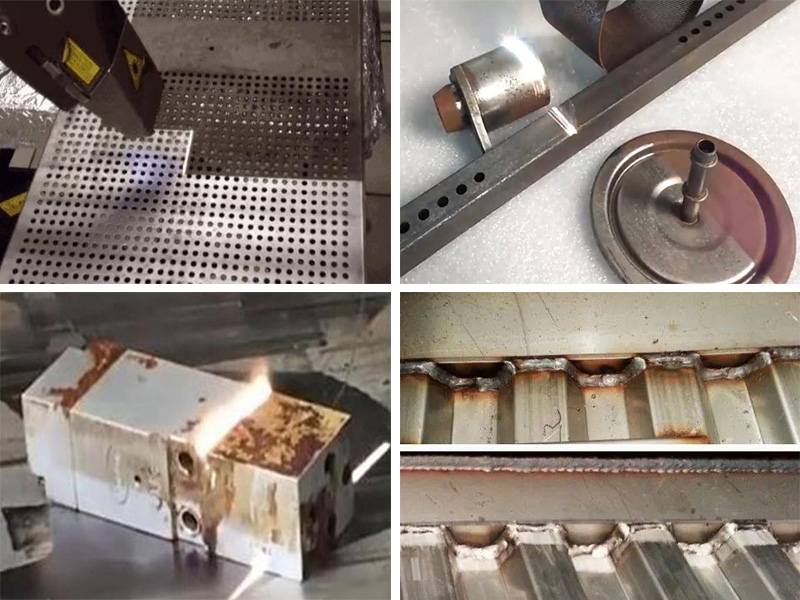
Clean Selective Areas
With its high precision, laser cleaning can clean specific areas without affecting surrounding ones. Selective laser cleaning is most useful to prepare surfaces for welding or assembly. It is often used to get rid of masking, a tedious process that’s prone to error.
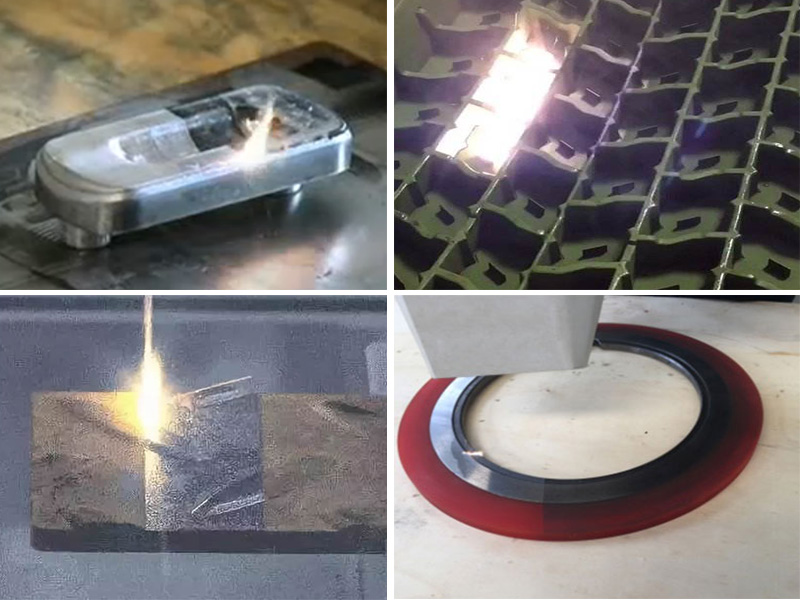
Avoid Damaging the Substrate
Pulsed laser beams remove contaminants with unprecedented consistency, and this, without introducing impurities or damaging the base material.
This is a big improvement compared to abrasive methods like media blasting and brushes. These methods can damage surfaces—especially soft or thin ones. They also tend to generate inconsistent results, as they quickly deteriorate.
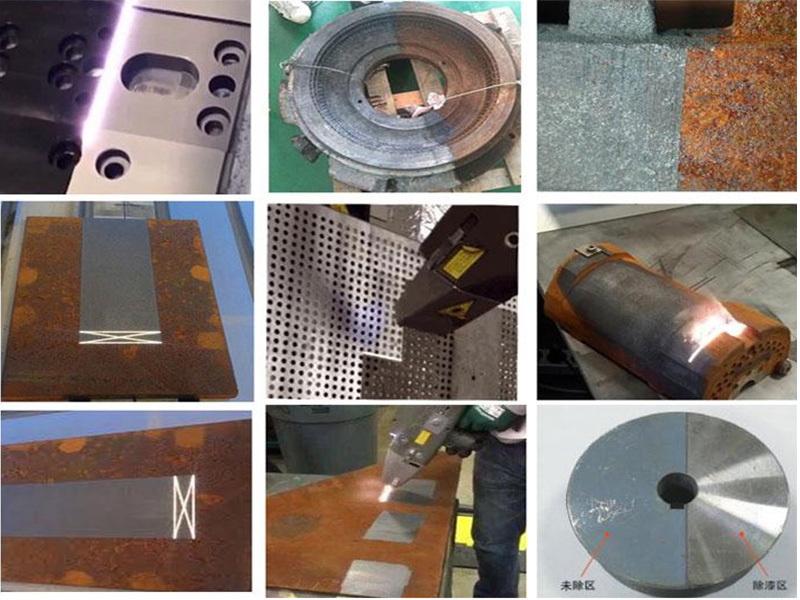
Simplify Work Safety
Because no dangerous products are involved (such as chemical solvents or abrasive media), laser cleaning systems don’t need to be installed in a dedicated room where employees wear personal protective equipment.
To achieve complete safety, the laser only needs to be installed in a Class-1 laser safety enclosure and equipped with a fume extraction system.
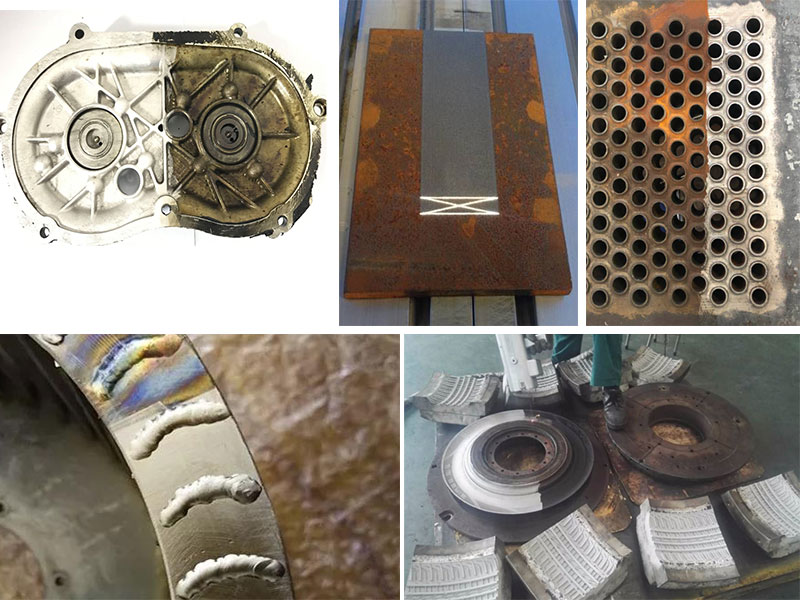
Reduce Your Environmental Footprint
Chemicals and blast particles add up to a significant amount of waste. Lasers generate none, which reduces the environmental risks related to contamination and pollution.
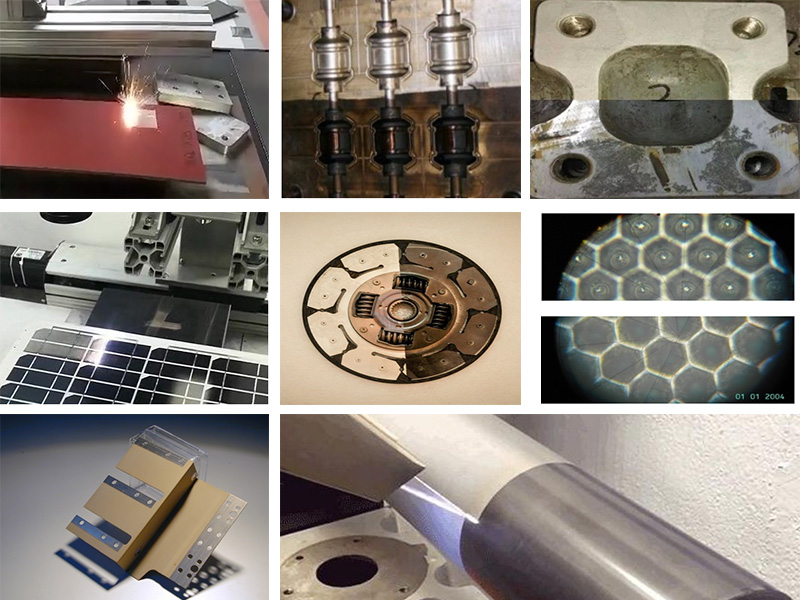
Decrease Costs & Maintenance
Because it’s a non-contact process and no consumables need to be replaced, laser cleaning requires little maintenance. As a result, maintenance costs are low and consumables costs nonexistent. The low amount of dust generated also facilitates automation and quality control in production lines.
*REQUIRED FIELDS